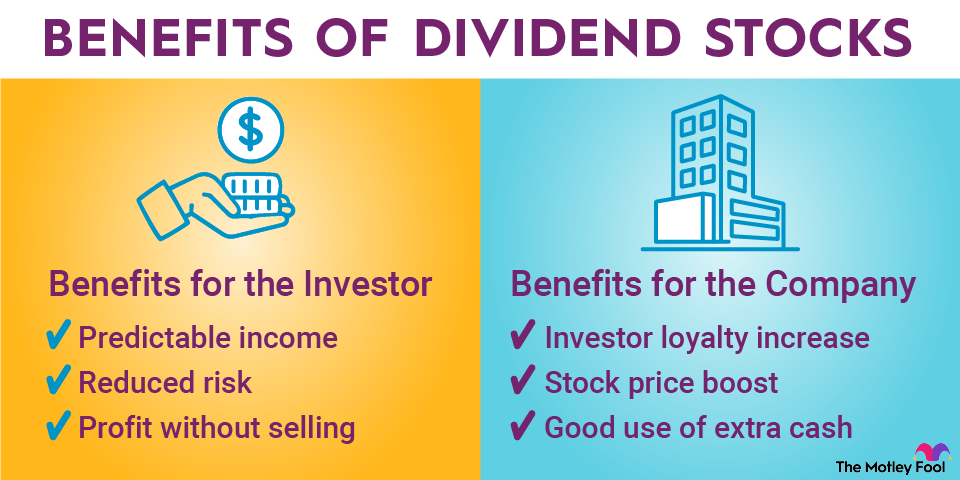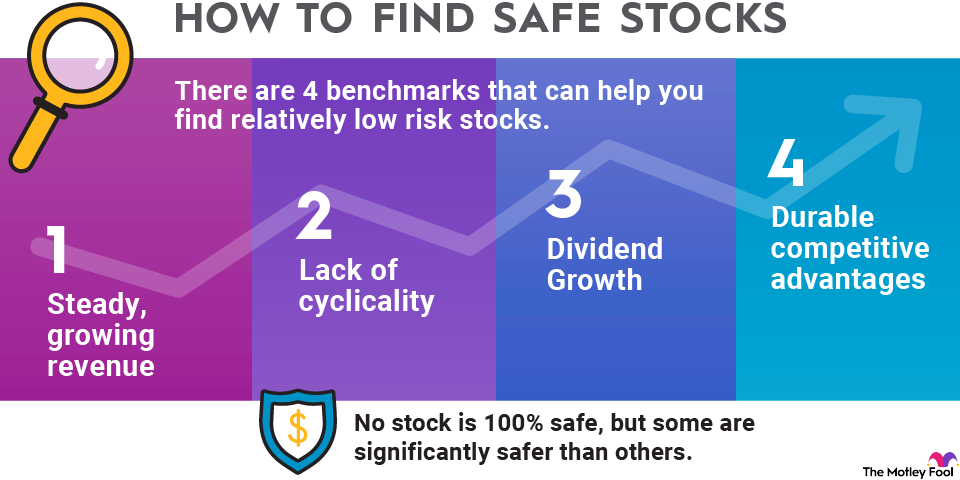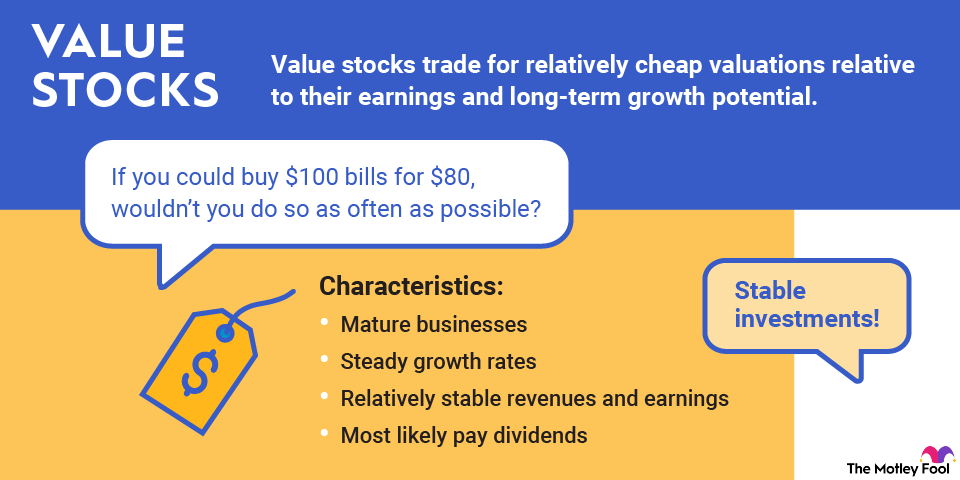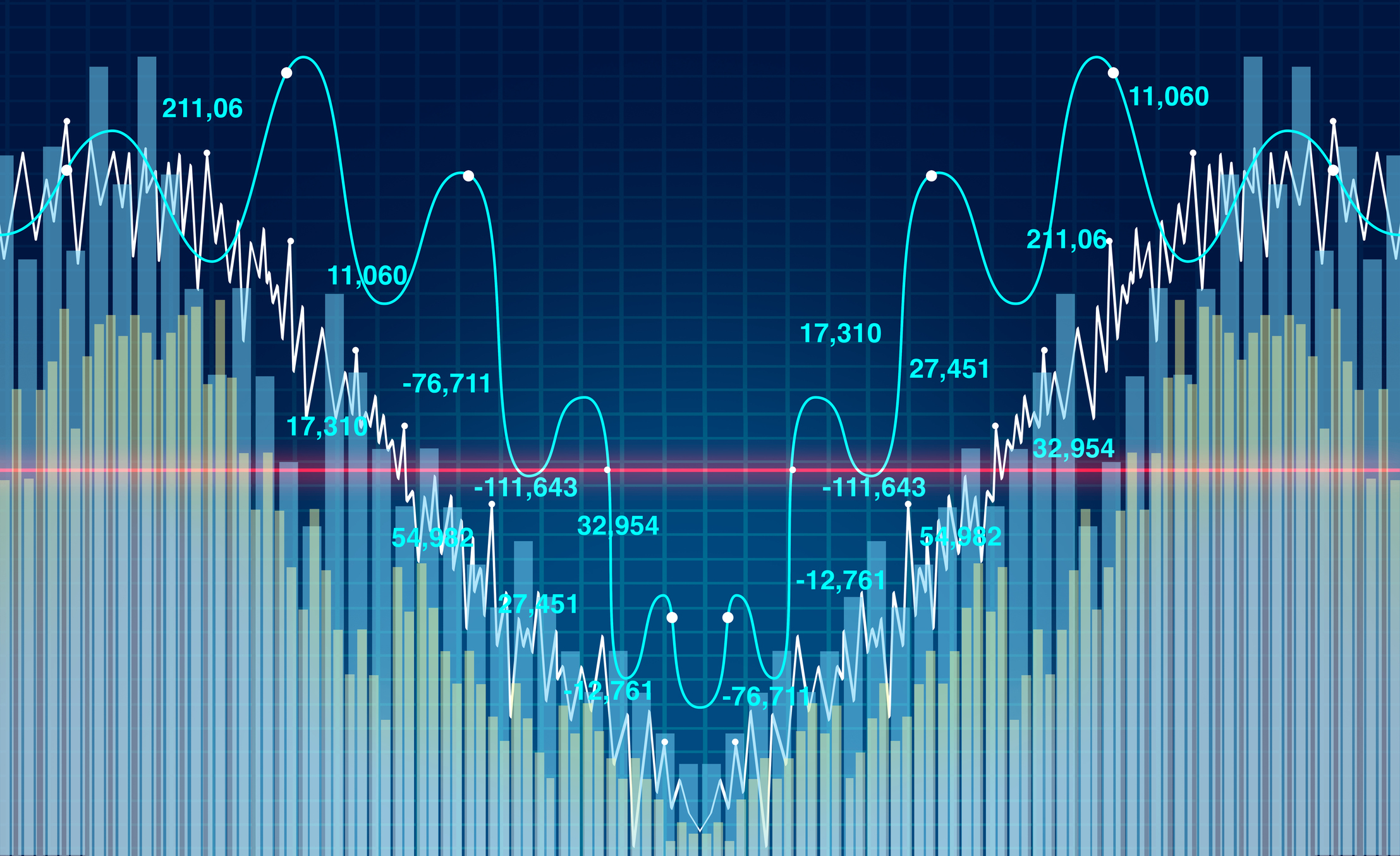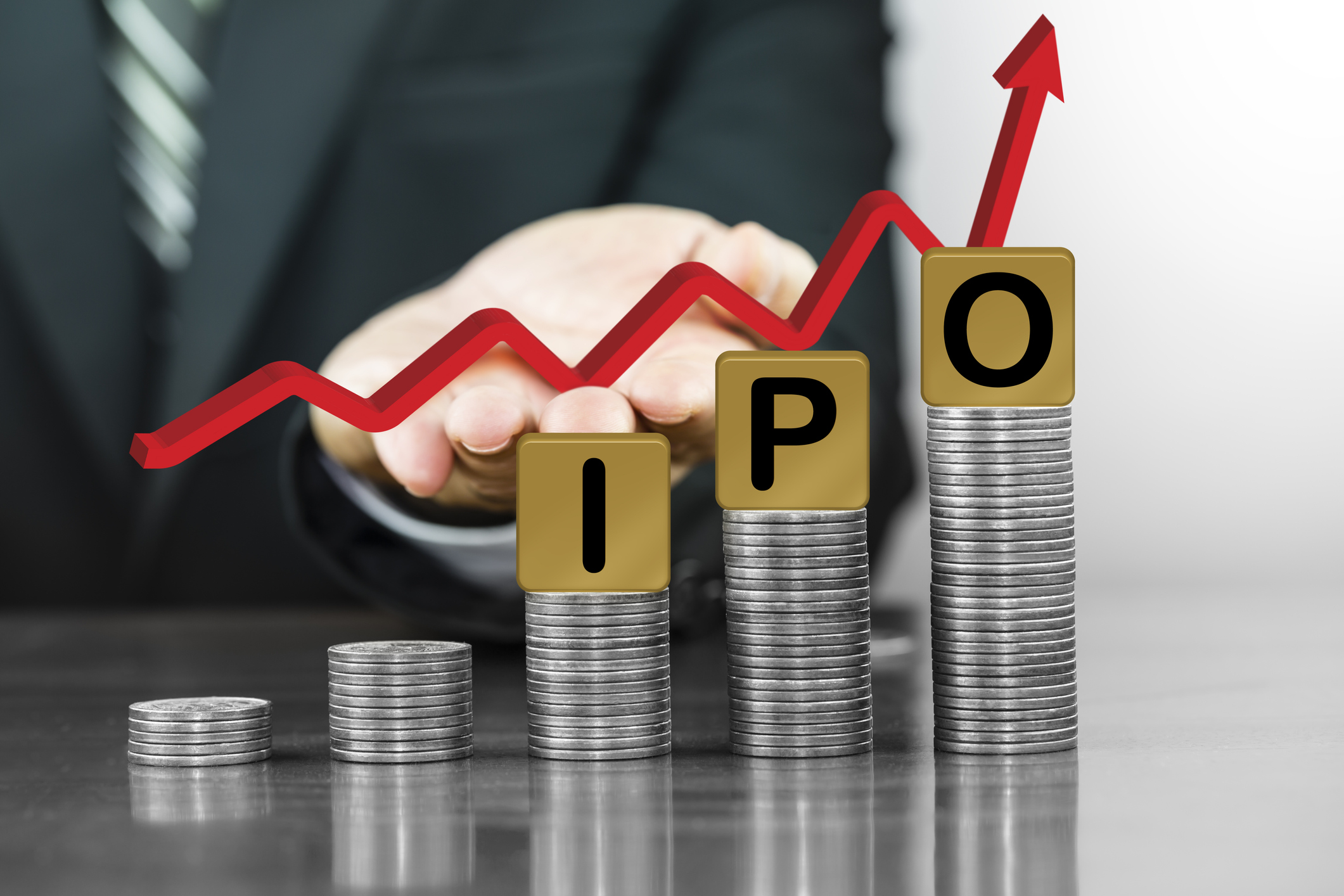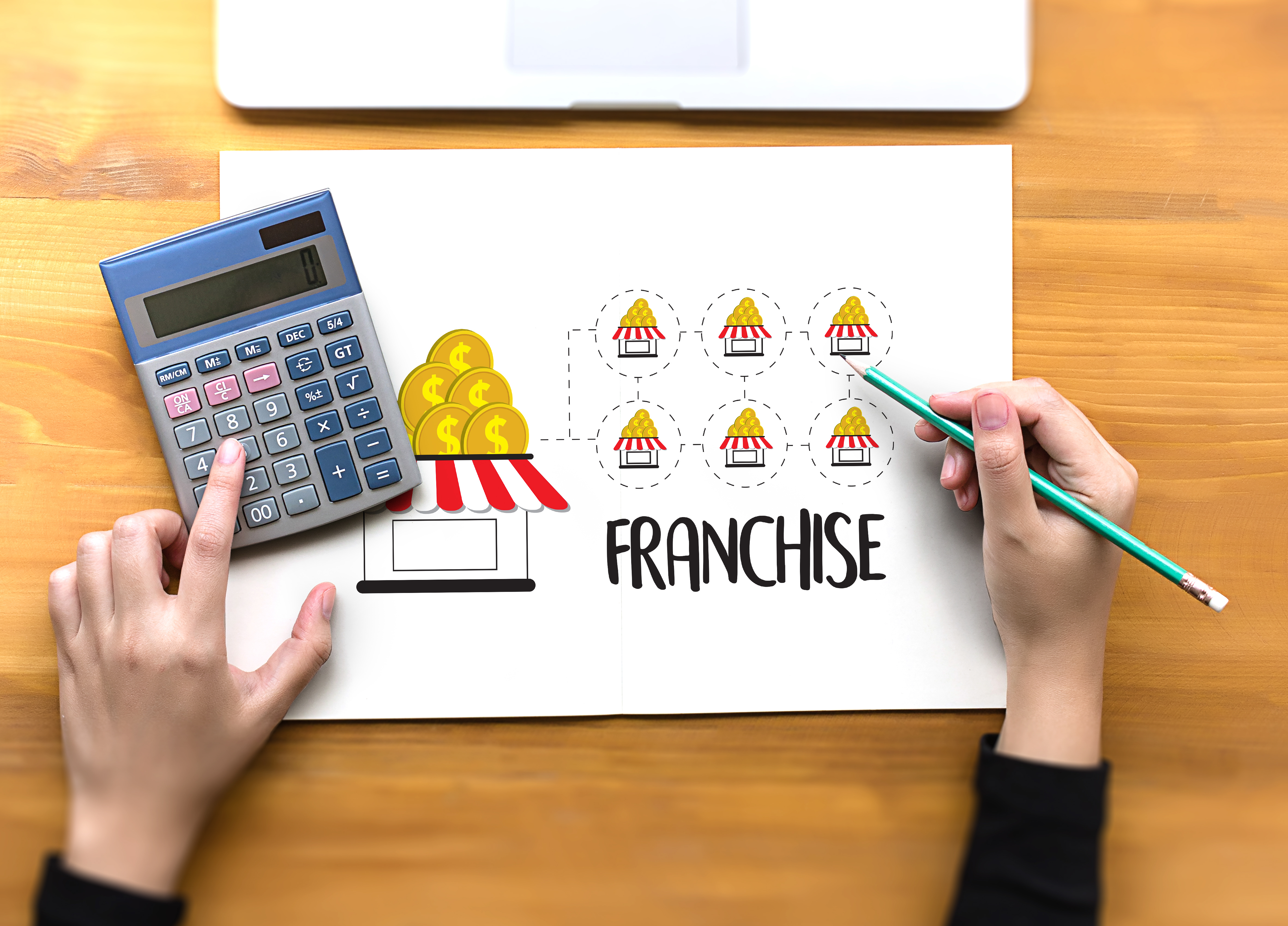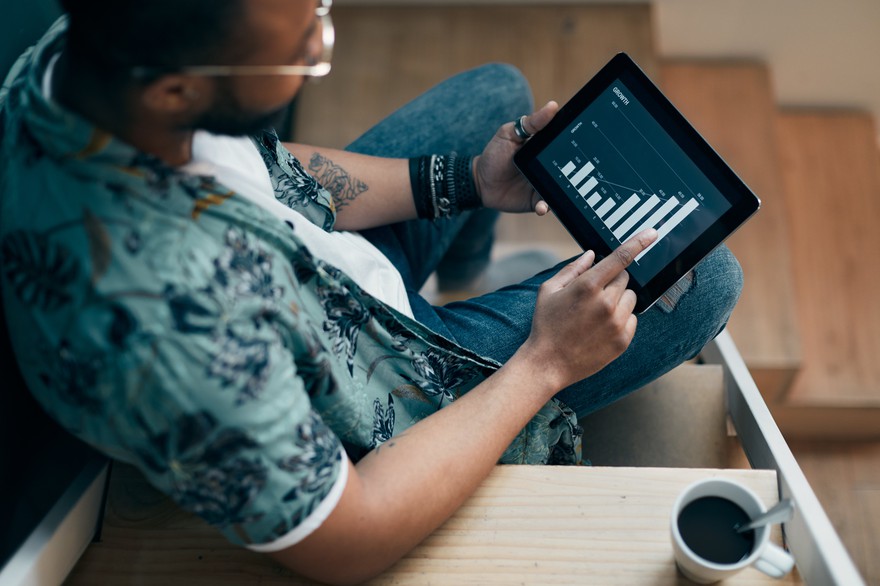Retail investors can get liquid, exchange-traded exposure to private credit and private equity through business development companies (BDCs). These are a unique type of stock that doesn’t quite operate like a regular public company.
Like real estate investment trusts (REITs) and master limited partnerships (MLPs), BDCs are pass-through vehicles. That means they avoid paying corporate income tax as long as they distribute at least 90% of their taxable income to shareholders, resulting in high dividend yields.
But despite their appeal, the BDC space is both narrow and complex. These firms have different mandates, risk levels, and portfolio exposures, and they often use leverage.
That’s why due diligence is especially important before investing in a BDC. In this article, we’ll walk through how BDCs work, what to watch out for, and how to compare your options.
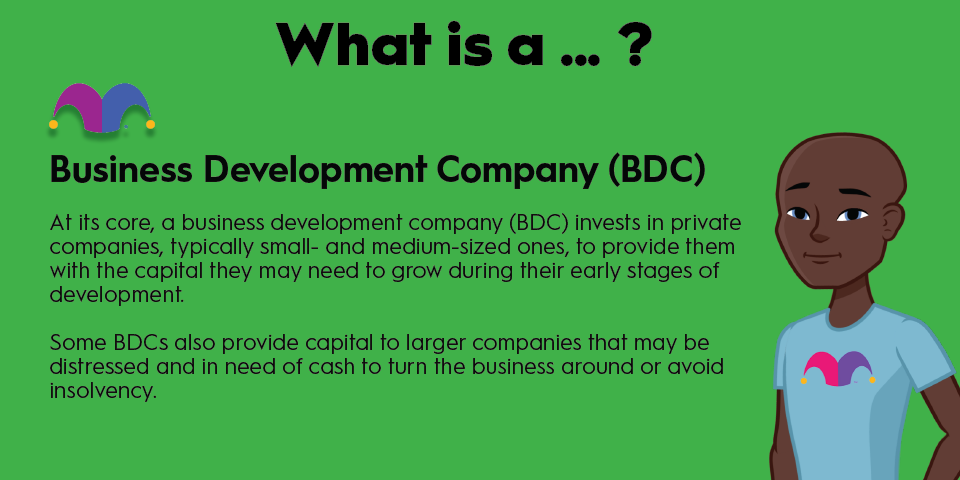
What is a Business Development Company (BDC)?
BDCs can trace their roots back to the Investment Company Act of 1940, but the modern BDC structure didn’t emerge until a 1980 amendment to that act.
The goal was to bridge Wall Street and Main Street by allowing ordinary investors to access private-market opportunities -- namely, lending to and investing in small and mid-sized U.S. businesses that typically don’t have access to public capital markets.
Most BDCs are structured as Regulated Investment Companies (RICs), which means they’re not taxed at the entity level as long as they distribute at least 90% of their taxable income each year to shareholders. This pass-through setup allows BDCs to offer high dividend yields.
There are many different types of BDCs, depending on their market segment focus. Some specialize in the middle market, generally companies with $10 million to $1 billion in annual revenue. Others may lean more toward venture capital-style equity investments in earlier-stage firms.
Regardless of strategy, all BDCs share one common feature: They use a combination of private credit and private equity to build their portfolios.
The credit side often consists of senior secured loans, mezzanine debt, or subordinated debt. On the equity side, BDCs may take direct stakes in companies or hold preferred equity. Hybrid instruments like convertible debt and warrants are also common, offering upside participation along with some downside protection.
It’s also worth noting that although BDCs invest in private companies, the BDCs themselves are publicly traded, fully audited, and regulated by the Securities and Exchange Commission (SEC). That gives investors many of the same safeguards and disclosures as traditional listed stocks.
Business Development Company (BDC)
Best BDC stocks for December 2025
The following BDCs were screened for relatively stable net asset values (NAV), sustainable dividend coverage, and consistent underwriting discipline. All figures are accurate as of October 2025.
Ares Capital Corporation

NASDAQ: ARCC
Key Data Points
Ares Capital Corporation (ARCC +0.48%) is the largest BDC by market capitalization and has long been considered a bellwether in the space.
Backed by Ares Management Corp. (ARES +0.19%), one of the world’s largest alternative asset managers, Ares Capital Corporation benefits from a deep credit platform and strong sponsor relationships.
It typically trades at a modest premium to net asset value (NAV), but is currently at 0.99 times discount as of October 2025. It offers an 9.67% dividend yield.
Blackstone Secured Lending Fund
Blackstone Secured Lending Fund (BXSL +0.59%) is managed by Blackstone Credit, part of alternative asset manager Blackstone (BX +0.26%).
Like Ares, this BDC tends to focus on senior secured loans and benefits from access to large-scale origination networks. As of October 2025, it traded at a 0.97 times discount to NAV and yields 11.96%.
Its association with Blackstone’s robust risk controls and capital markets infrastructure is a key reason for its popularity with yield-focused investors.
Blue Owl Capital Corporation
Main Street Capital Corporation

NYSE: MAIN
Key Data Points
Main Street Capital (MAIN +1.44%) stands out in the BDC universe as one of the few internally managed BDCs. Its management team is employed directly by the fund rather than a third-party manager.
This structure tends to better align incentives with shareholders. Main Street also pays monthly dividends, a rarity among BDCs, and has developed a reputation for conservatism and consistency.
These factors contributed to its significant NAV premium, the highest in the BDC universe in October 2025 at 1.87 times. Its dividend yield sat at 6.9%.
Sixth Street Specialty Lending

NYSE: TSLX
Key Data Points
Sixth Street Specialty Lending (TSLX +0.99%) is externally managed by Sixth Street Partners, a firm with a strong background in complex and opportunistic credit strategies.
Sixth Street often participates in special situations and distressed debt, setting it apart from more traditional senior lending-focused peers. A typical Sixth Street deal involves bespoke terms and higher spread lending, often with strong covenants and equity kickers.
As of October 2025, the stock traded at a 1.26 times premium to NAV and offers an 9.48% dividend yield.
Advantages of investing in BDC stocks
- High income potential: BDCs are legally required to distribute at least 90% of taxable income, resulting in above-average yields that can exceed those of REITs, MLPs, or even high-yield bonds.
- Liquidity: Most large BDCs trade on major stock exchanges with tight bid-ask spreads, unlike private credit or equity funds that lock up capital for years.
- Diversification: BDCs invest in private loans and equity stakes that tend to have low correlation with public stocks and bonds, helping reduce overall portfolio volatility.
Risks and considerations when investing in BDCs
- NAV risk: BDCs often trade at discounts or premiums to net asset value (NAV). A premium may signal investor confidence, while a persistent discount can indicate weaker governance or asset quality concerns.
- Interest rate sensitivity: Since BDCs borrow to lend, rapid rate changes can squeeze lending spreads and reduce profitability.
- Management alignment: Externally managed BDCs may prioritize asset growth over returns, while internally managed ones tend to align better with shareholders.
- Market risk: BDCs trade like stocks, meaning broader market downturns or recessions can cause share prices to fall -- even when their underlying portfolios remain stable.
How to invest in BDCs
- Open your brokerage app: Log in to your brokerage account where you handle your investments.
- Search for the stock: Enter the ticker or company name into the search bar to bring up the stock's trading page.
- Decide how many shares to buy: Consider your investment goals and how much of your portfolio you want to allocate to this stock.
- Select order type: Choose between a market order to buy at the current price or a limit order to specify the maximum price you're willing to pay.
- Submit your order: Confirm the details and submit your buy order.
- Review your purchase: Check your portfolio to ensure your order was filled as expected and adjust your investment strategy accordingly.
How to choose the best BDC stocks
When evaluating BDCs, it’s important to look beyond headline yield and NAV. A sophisticated BDC investor focuses on several key metrics that reveal the quality and sustainability of the business:
- Net investment income (NII) coverage: This measures whether a BDC’s earnings comfortably cover its dividend. A coverage ratio greater than 1.0 means the payout is supported by recurring income rather than asset sales or borrowing.
- Portfolio quality: Review the credit ratings and diversification of the BDC’s loan book. A well-managed portfolio avoids excessive exposure to any single borrower or industry and maintains a low percentage of non-accrual (defaulted) loans.
- Leverage ratio: Expressed as debt-to-equity, this shows how much the BDC borrows to fund new loans.
- Expense structure: Compare management and incentive fees. Internally managed BDCs usually have lower costs and better shareholder alignment than externally managed ones that charge fees tied to assets.
- Historical performance: Consistent NAV stability, dividend history, and total return through different rate cycles can separate reliable operators from those that chase short-term gains.
Related investing topics
Investing in BDC stocks
Investing in BDC stocks gives everyday investors rare access to the private credit and private equity markets, two areas typically reserved for institutions. These unique vehicles are designed to pass through the majority of their income to shareholders, which often results in significantly higher yields than traditional stocks or bonds. On top of that, most BDCs are listed on major exchanges and trade with strong liquidity, making them easy to buy and sell just like any other stock.
However, BDCs are not without risks. Investors need to monitor premiums or discounts to NAV, understand how interest rate changes can affect profit margins, and evaluate how aligned management is with shareholder interests.
While the income potential is strong, the space is narrow, complex, and can be volatile during economic downturns. With proper due diligence, however, BDCs can be a valuable addition to an income-focused portfolio.











